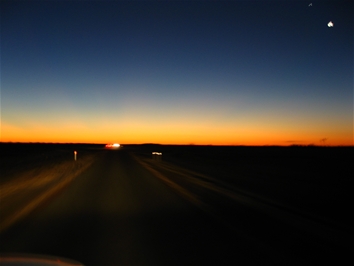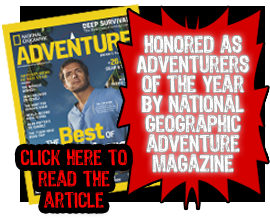Our time so far in Australia has been almost entirely spent on the coast. Before I arrived here, the pictures in my mind of this country and its citzens could have been pulled out of a fantasy novel considering their level of accuracy.
A couple of years ago I spent some time down in Brazil and met an Australian I now consider a friend of mine. Luke and I spent hours and hours on the long bus rides through the countryside of Brazil enlightening each other to the differerent aspects of our respective countries. Since then I have formulated my view of what an Australian is like based on the month or so I spent travelling around Brazil with him.
This view I have entertained for so long is not incorrect, but it is only one small part of what makes up the reality of Australia. The two of us agreed that our countries share more similarities with each other than they do with anywhere else in the world. Luke spoke about this with confidence, having spent some time in New York and California. Upon the one month mark here in Australia, I could not agree more.
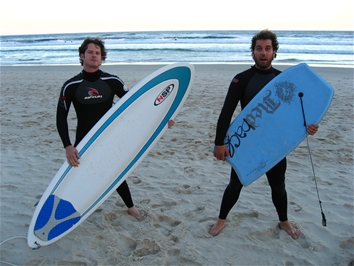 The coast of Australia is not much different than the coast of California. There are certainly some cultural differences. Nonetheless, if dropped off somewhere along the coast without knowledge of my whereabouts, the only readily apparent difference would be the accent. Attitudes and the general way of life on the coast are as close to American as I have seen since I started travelling abroad from the intense concern with liability to the inflated cost for goods. Since our mission is to uncover less known and off the beaten path things, it is easy to feel like you are failing after a month not dissimilar to a California vacation.
The coast of Australia is not much different than the coast of California. There are certainly some cultural differences. Nonetheless, if dropped off somewhere along the coast without knowledge of my whereabouts, the only readily apparent difference would be the accent. Attitudes and the general way of life on the coast are as close to American as I have seen since I started travelling abroad from the intense concern with liability to the inflated cost for goods. Since our mission is to uncover less known and off the beaten path things, it is easy to feel like you are failing after a month not dissimilar to a California vacation.
1200km later we have broken into a place that does not look or seem anything like home. As we drive down the highway, 150ft long semis called "road trains" pass by at high speeds with giant cattle guards that are only in place to prevent damage to the tractors that travel recklessly 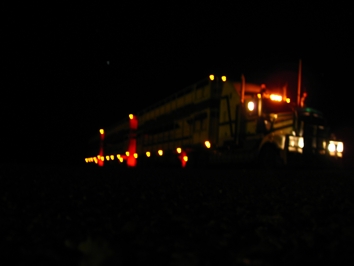 through kangaroo country. Instead of seeing signs to look for elk or deer, we see ones that have pictures of little sloths mistakenly called bears. The furry human-sized roos with huge feet, giant leg muscles, built in fanny packs, and short little arms are certainly a sight unique to this continent.
through kangaroo country. Instead of seeing signs to look for elk or deer, we see ones that have pictures of little sloths mistakenly called bears. The furry human-sized roos with huge feet, giant leg muscles, built in fanny packs, and short little arms are certainly a sight unique to this continent.
Two days ago our route turned in from the decadent coastline to the beginnings of the outback, and less than 500km from the coastline a transformation began. The regular, its not my problem attitude, encountered on the coast turns into a pleasant, "How can I help?" The first caravann park we stayed at came standard with the owners escorting us to campsite. The last internet connection was free after a nice conversation with the smiling lady behind the counter at the post office/information center.
Just after our arrival into Australia, I had the opportunity to sit down with a man named Wayne at the Merry Beach campground. We spoke for a half an hour as I was enlightened to the ins and outs of Australia, expecially the outback.
Wayne told me to not waste to much time on the coast as the real Australia is in the outback. His words of wisdom ring true. "These dinkum people," as he called them, "Will impress you with their genorousity and kindness."
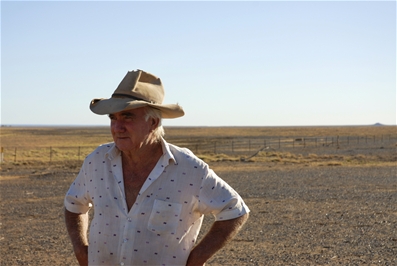
Although our hands have been tied with the shipping situation, I only wish that we could have heeded Wayne’s advice sooner. The "Red Center" is everything I expected and more. A place full of legends and strange beasts like Croc’s and Wallabies, the Outback gives a sense of adventure that encompasses many of the points Bouey’s famous World by Road speeches are based on. Many of the roads we will be travelling over the next couple of weeks require extra gas tanks, excessive amounts of extra water, and boxes full of gear to ensure success. In a place nutorious for its desolate and unforgiving territory, we are immersed in the first of many unknown roads to come.
